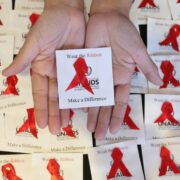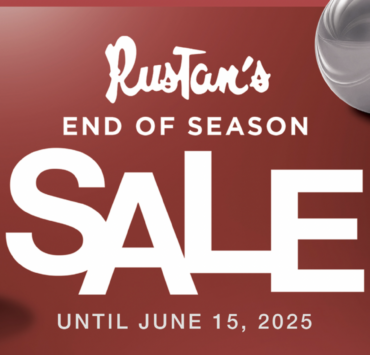‘The Last of Us’ Season 2 struggles under the weight of adaptation

Maybe the first red flag was a truncated seven-episode season, down from the first season’s nine. Maybe it was the announcement that the adaptation of the amazing video game “The Last of Us Part 2” would require two seasons for them to give justice. But we shouldn’t be surprised that HBO’s “The Last of Us” Season 2, recently concluded, has struggled with picking and choosing what to hold on to from a game that was 30 percent longer than the first game, which was the inspiration of the show’s first hit season.
Taking place four years after the events of the first season, we return to Joel (Pedro Pascal) and Ellie (Bella Ramsey) as they have settled in Jackson Hole, Wyoming. There they’ve found a place in the community, where Joel’s brother Tommy (Gabriel Luna) is on the council. They go on patrols and have their own lives, Ellie living in a converted garage. Their relationship is a little strained, and we wonder why, but an encounter with a band of outsiders will change things dramatically, igniting another road trip/journey with a darker objective.
New cast members
Among new and welcome cast members, there is Dina (Isabela Merced, “Alien: Romulus”), Jesse (Young Mazino, “Beef”), and Gail (Catherine O’Hara), a wholly new creation not from the game. Jeffrey Wright joins as Isaac, reprising his role, while Kaitlyn Dever steps into the shoes of the divisive Abby, who serves as the antagonist.

While showrunner Craig Mazin continues to write most of the episodes, he still works well with executive producers and game writers Neil Druckmann and Halley Gross. Some changes, like an infected raid on Jackson Hole, provide new opportunities for drama and horror/action sequences, while other omissions leave some gamers bewildered. Game players have an edge and know the likely end point of this season, but it doesn’t mean it’s going to be satisfying to nongamers, who might feel they’re thrown for a loop by the end of the last sequence, hinting at what the focus of Season 3 will be. It’ll mean the absence of some characters for long stretches, exacerbated by the wait between seasons, and audiences may not be so generous.
Relief breaks
With hindsight, the season should’ve been longer, or shouldn’t’ve been split in two. The two halves shouldn’t be apart, and it might take some extra effort to get viewers back and on board with a new status quo. Even structurally, all the flashbacks in the game are gathered into the penultimate episode. Acting as relief breaks from the violence in the game, in the show it felt like a eulogy. While not ineffective, it also dropped an emotional reveal saved for the end of the game, when it’s only the midpoint of the show.

Dever also gets short shrift when she’s such an imposing presence in the first two episodes and then promptly vanishes. Game players know why but will TV audiences feel it’s justified? That gap again leaves things up in the air. One of the two factions our heroes will face off with is revealed way too early and for seemingly no real reason, since most of their screentime is booked for the following installment.
There’s an inconsistency where some details are so exact, as if the game really was brought to all the art departments for props and set design, even lighting and camera choices, but whole swaths of story elements have vanished. Some of the new original material is intriguing, but begs the question of at what cost? Perhaps it’s too soon to properly weigh those merits with only (really) half a season. One hopes that HBO is working extra quick to get the following episodes on their way.

















